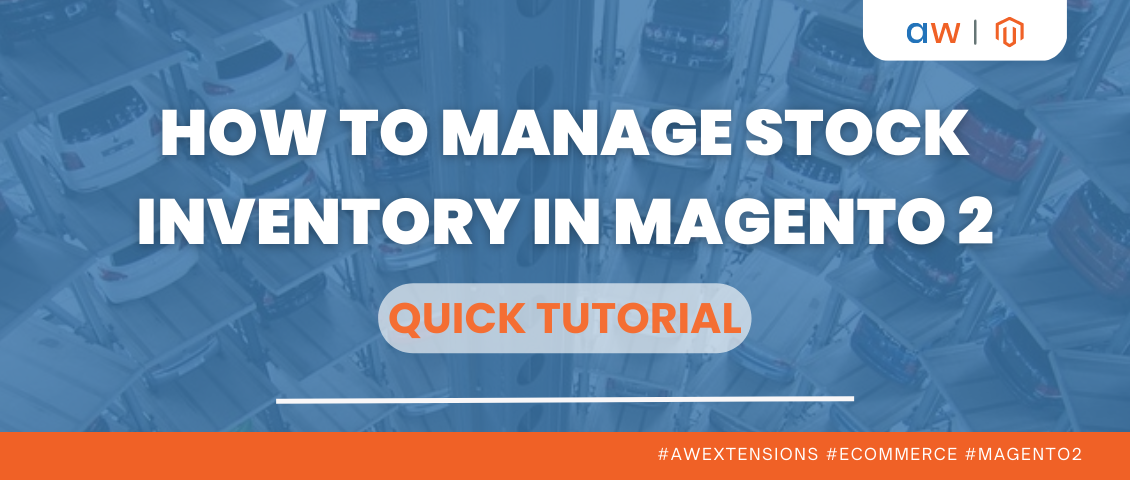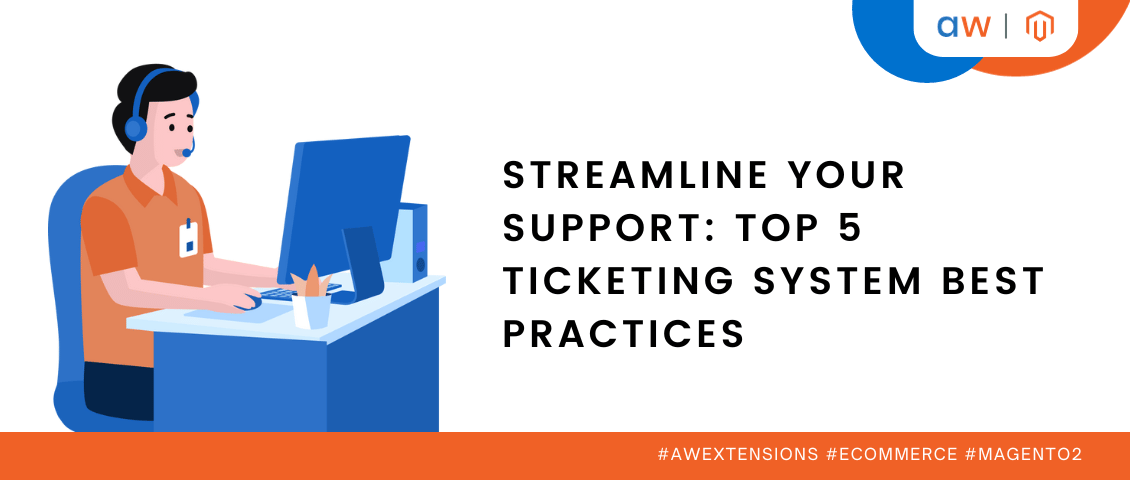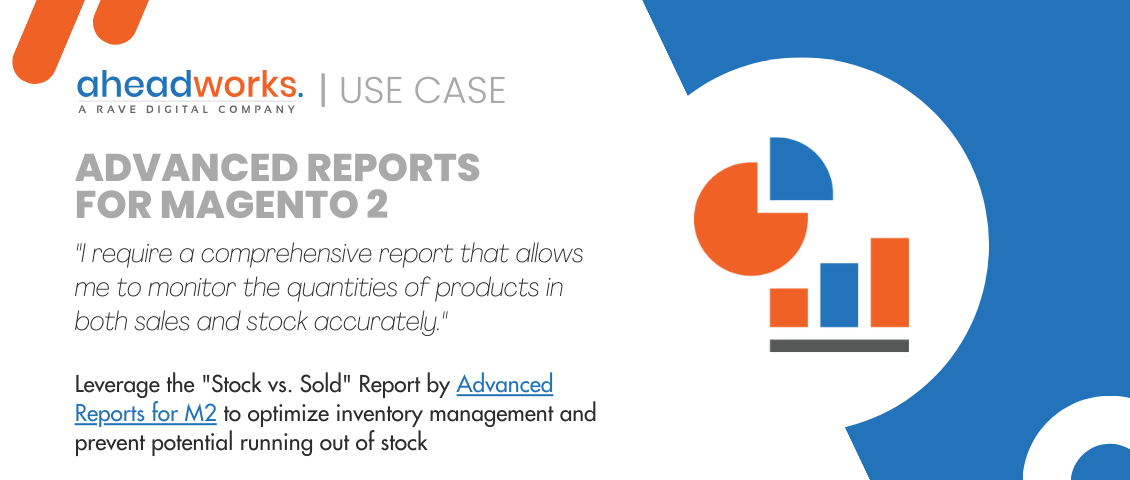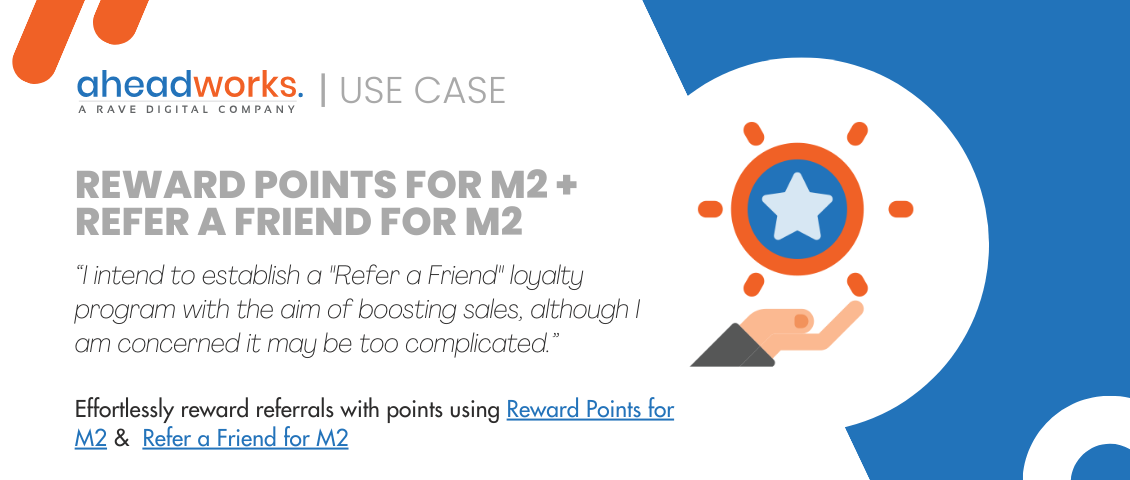
17 E-Commerce KPIs or How to Manage an Online Store to Make Profits
Categorized as : Ecommerce
Simply put, measure everything that can be measured and you will eventually understand the indicators influencing capital formation and be able to correct them in time.

There is a huge number of indicators that can be analyzed and taken into account when developing a business strategy or when assessing its economic components. Which of them should be prioritized is up to you, but you need to learn key positions by heart for building successful sales.
In this article, we will talk about how to properly monitor the effectiveness of e-commerce sales.
E-commerce KPI
Revenue
Revenue is one of the basic indicators used in calculations of other KPIs usually known as the “top line” of any business. The indicator itself is calculated by the following formula:
Revenue = Quantity of goods sold * Price
Profit
Profit of sales demonstrates the success of a business. Note that sometimes, $100 payed today might be more profitable than $110 paid the day after tomorrow when the goods are shipped. It all depends on the environment, way of accounting, logistics, frequency of purchases, organization of the warehouse, etc.
Profit = Income – Expenses
Average Revenue per User, ARPU
The indicator shows how much profit a user brings in a selected period of time. The indicator is closely related to the total web store traffic and shows its monetary effectiveness. It vividly explains the idea that sometimes it is more profitable to increase the sales volume through additional sales, including via cross-selling for example, rather than to expand the client base. To calculate APRU, use the following formula:
ARPU = Total revenue / Number of users
Average Revenue per Paying User, ARPPU
Since it is usually more expensive to attract a new customer than to sell to the old one, one should also track and improve the Average Revenue per Paying User indicator. How can it be done? By remarketing, loyalty programs, personalized mailings, etc.
ARPPU = Total revenue / Number of customers
You can adjust the formula considering specific features of your business, including selling and operational costs and other factors.
Return on Marketing Investments, ROMI
In order to pay off marketing expenses, the indicator should be higher than zero. It is considered both in the context of the whole marketing activity and in the context of individual campaigns and channels.
ROMI = (Income - Marketing costs) / Marketing costs
If you want to make your marketing activities more efficient, work not only from the outside involving target advertisements, content of ads, etc., but also from the inside improving the contents of landing pages of the store. It means that you should focus on all dynamic elements adjusting the store for each advertising channel.
Customer Acquisition Cost, CAC
This indicator is considered in conjunction with another indicator: LTV (presented below). The lower the CAC compared to LTV, the more cost-effective your expenses for attracting new customers. Use the following formula:
CAC = MCC / CA,
where MCC is the cost of all marketing costs for attracting customers, CA - the total number of customers involved
Improving this indicator, you can divide communication channels into three groups: positive, neutral (where the difference with LTV approaches to zero), and negative. So, negative value should be immediately disabled and you need to focus only on positive and neutral performers.
Cart Abandonment Rate, CAR
Cart Abandonment Rate is one of the most annoying indicators demonstrating that users added the goods to the cart, but for some reason, changed their mind to make the purchase. There can be various reasons for this: they was distracted or found a better offer from your competitor, or something else.
CAR = 1- (Completed purchases / Number of created carts) * 100%
In this case, a user can be returned to the site via various remarketing mechanisms or follow-ups. You should not also forget about the shopping cart page. Check if the call-to-action is correct. Are the service conditions reported properly and positioned as USPs, etc.?
In addition, create a map of customer flows displaying exit points to understand the pitfalls or information missed . On the basis of the obtained analysis you can remove interface hurdles or add the necessary content to the basket.
Lifetime Value, LTV or Customer Lifetime Value, CLTV
The minimal suggested ratio between CAC and LTV is 1 / 3. If the second part of the proportion is considerably higher, then it makes sense to increase the cost of attraction, as it might indicate that marketing incentives do not work in full force. If CAC is higher than LTV, it means that your marketing is unprofitable. So, how to calculate LTV?
LTV = Income from 1 customer for a planned life cycle - Cost of the customer's attraction and retention
Here’s how you can improve this indicator. After analyzing customer groups and establishing the most numerous ones, you need to determine how many orders a user makes (2-3-4, etc.) during the life cycle. Now, when creating a loyalty program, implement the motivating mechanics for this number of orders so that a user has the motive to make the first order, an additional motive to make the second one , and so on, just according to the potential number of repeated sales available in your market.
For a group with high loyalty, whose number of orders exceeds the average, you should develop special conditions. For the groups with relatively low loyalty, you need to re-activate programs and surveys to chase the pain points preventing sales. Also, try to increase the average customer’s paycheck.
Conversion Rate, CR
Conversion rates is one of the main indicators of the e-commerce efficiency. The higher is the ratio, the better is the performance.
CR = Number of targeted visits / Total number of visits.
A target visit is the one that ended with a purchase or any other measurable target action
A variety of ways can be used to increase the indicator from improving website usability to making discounts.
The Number of Orders
The basic indicator which shows the number of orders made for the selected period. It is not very significant in itself, as it is used to calculate other metrics. Besides, it is highly dependable on traffic value and conversion rates of your store.
Total Amount of Orders
This indicator shows the amount of purchases for the selected period. It can be improved in two ways. The first way is "extensive", which implies increasing the number of orders by increasing the cost of attracted traffic, remarketing, advertising mailings, etc. The second way – "intensive" – means increasing the average check through cross-sales, up-sales, and user motivations. The indicator is calculated by the following formula:
Total amount of orders = Quantity of orders * Average check
Average Order Value, AOV
This is one of the key indicators in any business, still it is easy to count:
AOV = Total revenue / Number of orders
The result is going to explain the average paycheck in your web store. With the help of this parameter, you can judge the effectiveness of the sales department, relevance of the discount system, and work of the online store in general.
The average purchase check can be increased with free shipping, discounts, and incentive bonuses. You can also optimize commodity prices, increase cross-sells and up-sells (for example, through relevant product recommendations) develop and implement your loyalty program in order to further improve the AOV. The increase of it has a positive effect on ROI and other business metrics.
Cost per Order, CPO
CPO shows how much you need to pay to obtain one purchase. It should be considered in comparison with the average check. If the cost per order exceeds the average check - you are operating at a total loss.
CPO = Cost of attracting visitors / Number of orders
What can you do to improve this indicator? First, determine the maximum limit of CPO for each channel. Then, conduct a Life Time Value analysis for each channel and determine the expected outcome. This will give you the insight that you can provide higher CPOs for some channels or have to reduce it for other ones.
Execution of Orders
The success of any business also highly depends on the accuracy of everyday routine operations. With the Order Execution indicator, you can measure this activity properly. The ideal value of the indicator is 100%. Experts in the e-commerce field recommend online startups to strive for a level of at least 90%. The indicator is calculated in the following way:
Execution of orders = Number of orders made on the site / Number of orders shipped successfully
You can improve the indicator by working on the quality of logistics and warehouses conduction. If the indicator is very low and shows no essential improvements, it might be worthwhile to think about the services of outsource fulfillment centers.
The Speed of Order Processing
The faster you process customer requests, the higher they appraisal is going to be. If you react to the request quickly, the customers will be satisfied. Thus, they will automatically mark you as a reliable supplier of goods and services.
Feedback
It is very important to establish feedback from customers in order to understand whether you meet their expectations or not.
Rapid Reaction to Negative
If your customers are not happy with products or services, solve their problems quickly showing them that you admit your mistakes and tend to rise up the quality of service.
Conclusion
Internet business begins with setting of goals and objectives. How you want to see it in the future and how you plan to achieve this. So, key performance indicators are the measures of results and costs you need to track and consider regularly, and the success will not keep you waiting.











